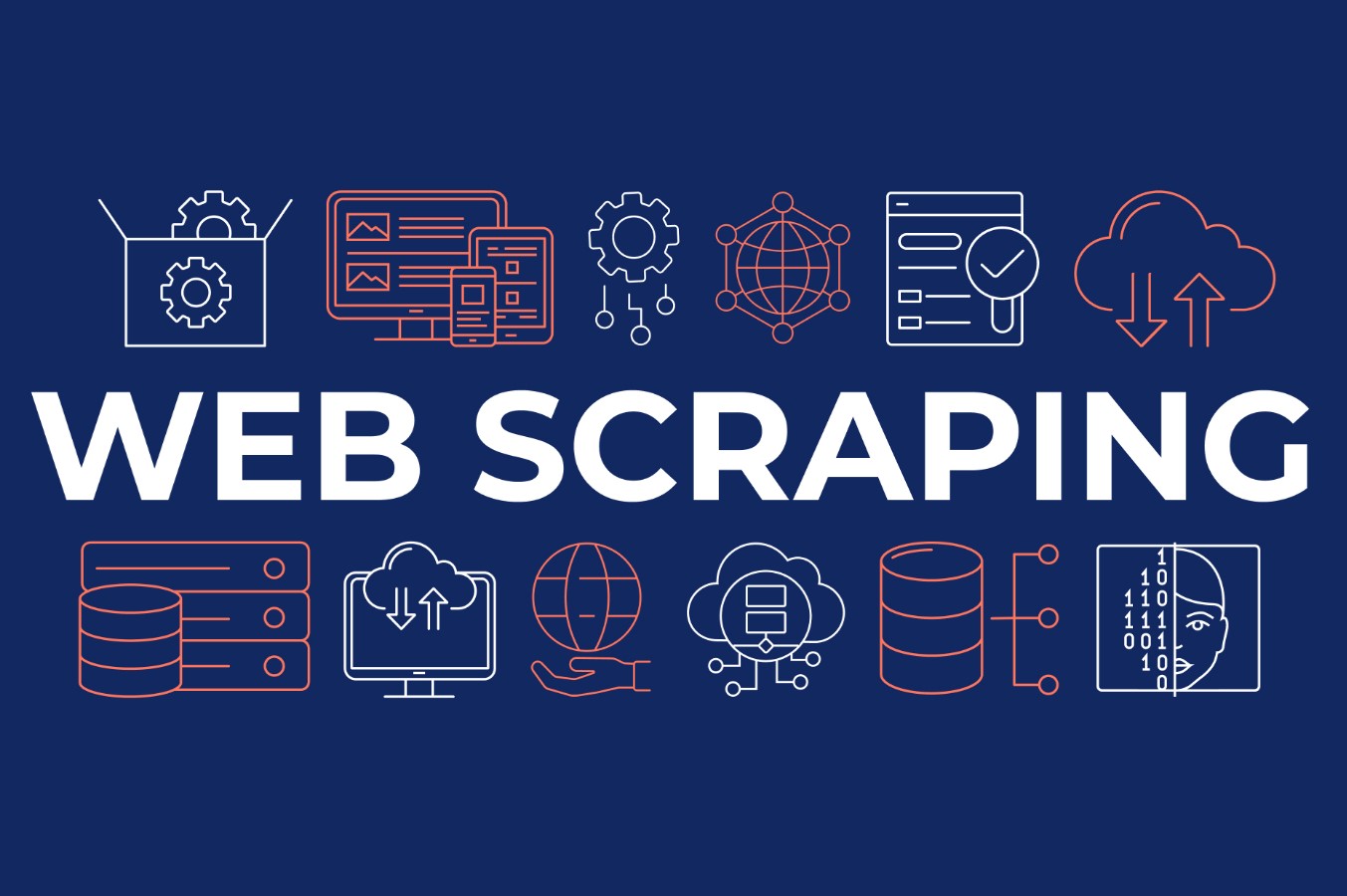
The process of extracting data from websites using automated tools, web scraping has become increasingly popular among data analysts, marketers, and developers. Amazon, with its vast repository of product information, reviews, and pricing details, is a prime target for web scraping activities.
However, scraping Amazon’s website raises significant ethical and legal considerations.
This blog post explores ethical guidelines to minimize the risk of facing issues when scraping Amazon’s website.
Table of Contents
Understanding Amazon’s Policies

Source: wrk.com
Terms of Service (ToS) explicitly address data scraping, prohibiting the use of any automated means to extract data from their site without explicit permission. This forms the legal backdrop against which all scraping activities must be measured.
The first step in ethical web scraping is to thoroughly review and respect Amazon’s ToS. These terms outline what is and isn’t allowed on their platform. Ignoring these guidelines can lead to legal repercussions and the potential blacklisting of your IP address from Amazon’s servers.
Wherever possible, it’s best to seek permission from Amazon before deploying any scraping tools. In some cases, Amazon may grant access to the data you need through their official APIs, which is a safer and more ethical approach than scraping.
Implementing Ethical Scraping Practices
Ethical scraping goes beyond just adhering to legal requirements; it involves ensuring that your scraping activities do not harm Amazon’s servers or negatively impact the user experience for others.
One of the key aspects of ethical web scraping, particularly when using an Amazon web scraper, is rate limiting. This practice involves controlling the number of requests your scraper sends to Amazon’s servers within a specified timeframe.
Overloading the servers with an excessive amount of requests can hinder or interrupt services for other users, an action that stands in direct violation of Amazon’s policies and is considered unethical.
Identifying your scraper by using a clear and honest user-agent string is another crucial practice. This transparency allows Amazon to understand the nature of the traffic and can help in negotiating access or understanding the purpose of your data collection.

Source: askhandle.com
Balancing Data Collection Needs and Ethical Considerations
While the need for data is clear, balancing this need with ethical considerations is crucial for long-term success and reputation management.
Collect only the data you truly need. Excessive data collection not only poses ethical concerns but can also lead to data storage and management issues. Being selective about the data you scrape aligns with broader ethical data use principles.
Maintaining the anonymity and privacy of the data you scrape is paramount. Even if the data is publicly available, using it in a way that could identify individuals or reveal sensitive information is both unethical and potentially illegal.
Conclusion

Source: affise.com
Web scraping, especially from a giant like Amazon, is fraught with ethical and legal pitfalls. By adhering to Amazon’s Terms of Service, implementing ethical scraping practices, and balancing data collection needs with ethical considerations, you can minimize the risks associated with web scraping.
This approach not only safeguards your projects but also contributes to a more ethical and sustainable web ecosystem.







